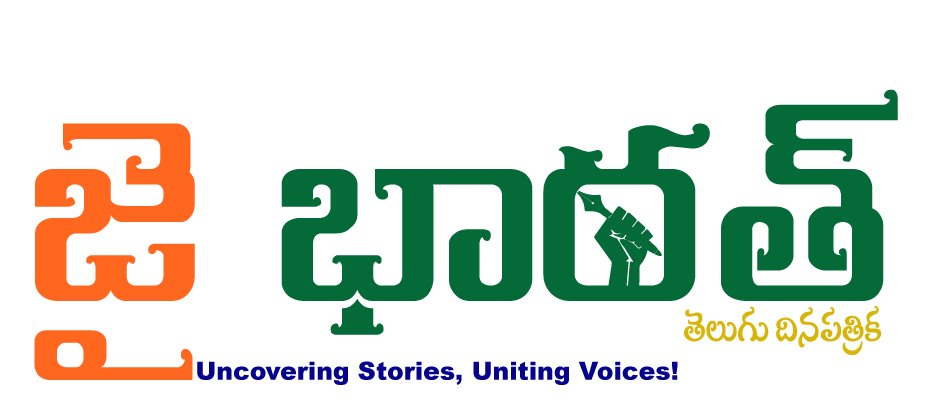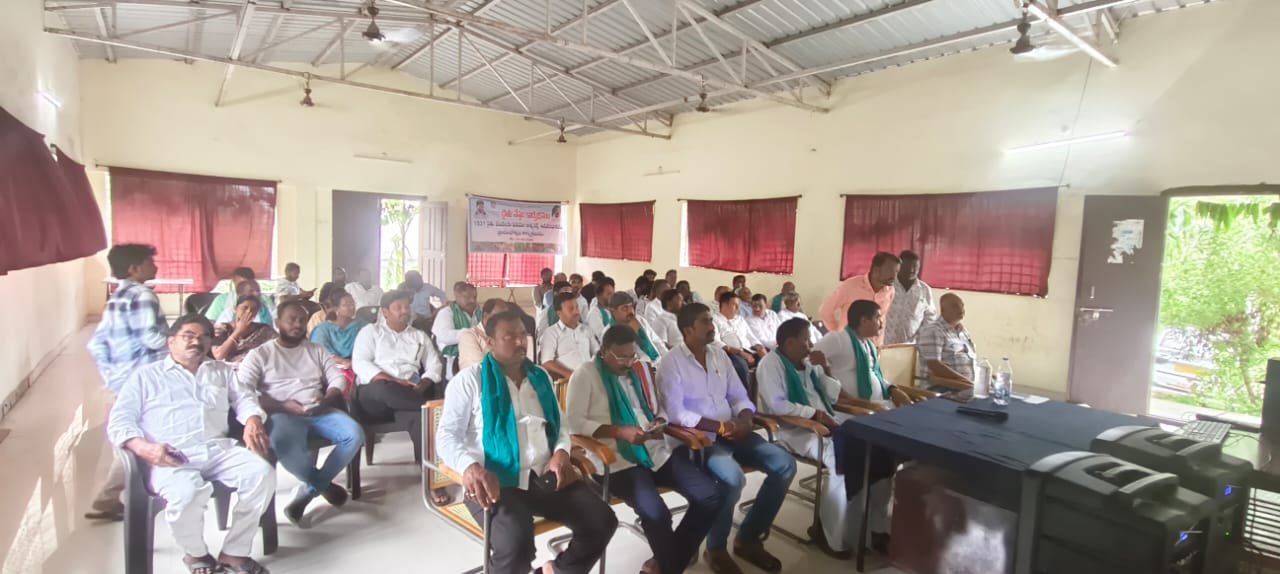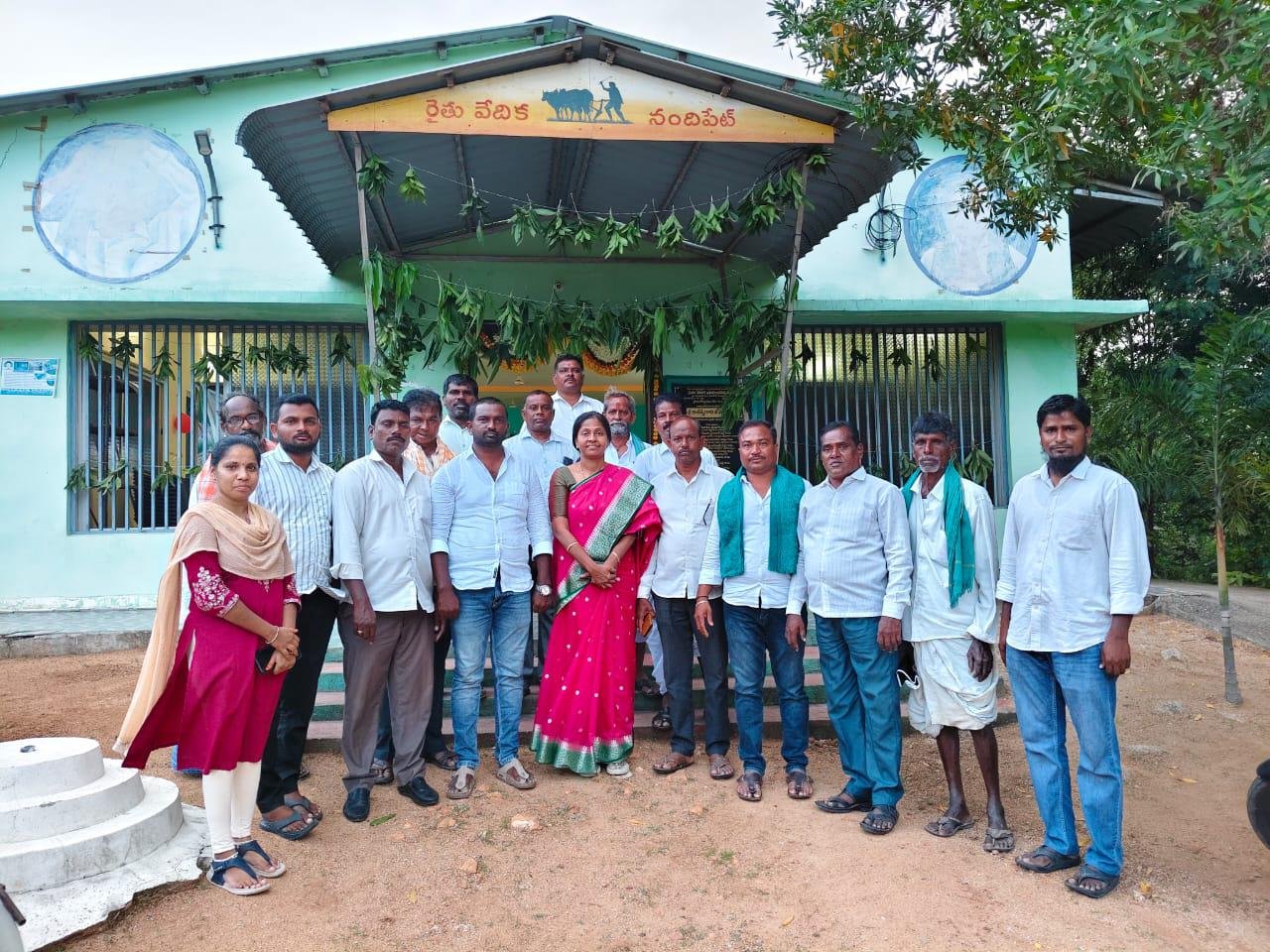The Importance of Storytelling in Building Community
Storytelling is an age-old tradition that serves as a fundamental mechanism for communities to connect and thrive. By sharing personal narratives, individuals can create ties that transcend cultural and social boundaries, fostering a profound sense of belonging among diverse groups. This act of sharing not only enhances relationships but also deepens empathy, allowing members of a community to better understand one another’s experiences and struggles. Each story told can resonate deeply, revealing universal themes that bind us together while simultaneously celebrating our unique backgrounds.
In various contexts, storytelling acts as a bridge, merging disparate experiences into a cohesive narrative. For instance, community gatherings often feature storytelling sessions where individuals share their life experiences, imparting wisdom and fostering connections. These shared narratives encourage individuals to participate in collective memory, promoting a unique sense of identity that reflects both individual and communal experiences. In such settings, the power of a well-told story becomes evident, as it not only entertains but also educates and empowers.
The psychological benefits of storytelling are significant; they help individuals process their lived experiences, contributing to emotional well-being. When people narrate their stories, they often find healing and closure, while listeners gain insights into different perspectives. Moreover, the practice promotes understanding, allowing individuals to step into others’ shoes. This empathetic engagement not only enhances interpersonal relationships but also builds a stronger community fabric.
Furthermore, storytelling is instrumental in breaking down barriers within communities. By presenting narratives that highlight shared challenges and victories, it can help dismantle stereotypes and foster inclusivity. As individuals recount their experiences, others are encouraged to reflect on their own, promoting dialogue that strengthens community ties. The importance of storytelling in creating connections cannot be overstated, making it an invaluable tool in building harmonious and supportive communities.
Modern Platforms & Techniques for Collectively Telling Stories
In the digital age, the emergence of modern platforms and techniques has revolutionized the way stories are collectively told. Social media has become a pivotal tool for connecting individuals and communities, enabling a multitude of voices to come together around a singular narrative thread. Campaigns on platforms such as Twitter, Instagram, and Facebook have successfully harnessed collective storytelling to raise awareness on social issues, propagate movements, and create a shared sense of identity among participants.
Collaborative writing projects also exemplify this evolution. Platforms like Wattpad and Medium allow writers to co-author pieces, receiving real-time feedback from readers, which enhances the storytelling experience. This collective involvement fosters a sense of ownership within the community, encouraging participants to invest emotionally in the narratives. Notably, the “#MeToo” movement serves as a profound case study; survivors of sexual misconduct shared their stories through a collective hashtag, sparking international discourse and leading to substantial societal change.
Additionally, the innovation of multimedia storytelling has taken center stage. By integrating text, audio, and visuals, platforms such as YouTube and podcast services engage audiences in immersive experiences. For instance, the use of podcasts to narrate personal stories allows for deeper emotional connections, while also offering diverse perspectives. Virtual reality (VR) experiences further push the boundaries of collective storytelling, providing an interactive medium that allows participants to live the stories being told, thereby strengthening emotional engagement.
These modern techniques not only democratize the act of storytelling but also amplify marginalized voices, ensuring that a wider spectrum of experiences is represented. As technology continues to evolve, so too will the methods through which we connect and share narratives, solidifying the importance of collective experiences in shaping our societal landscape.









